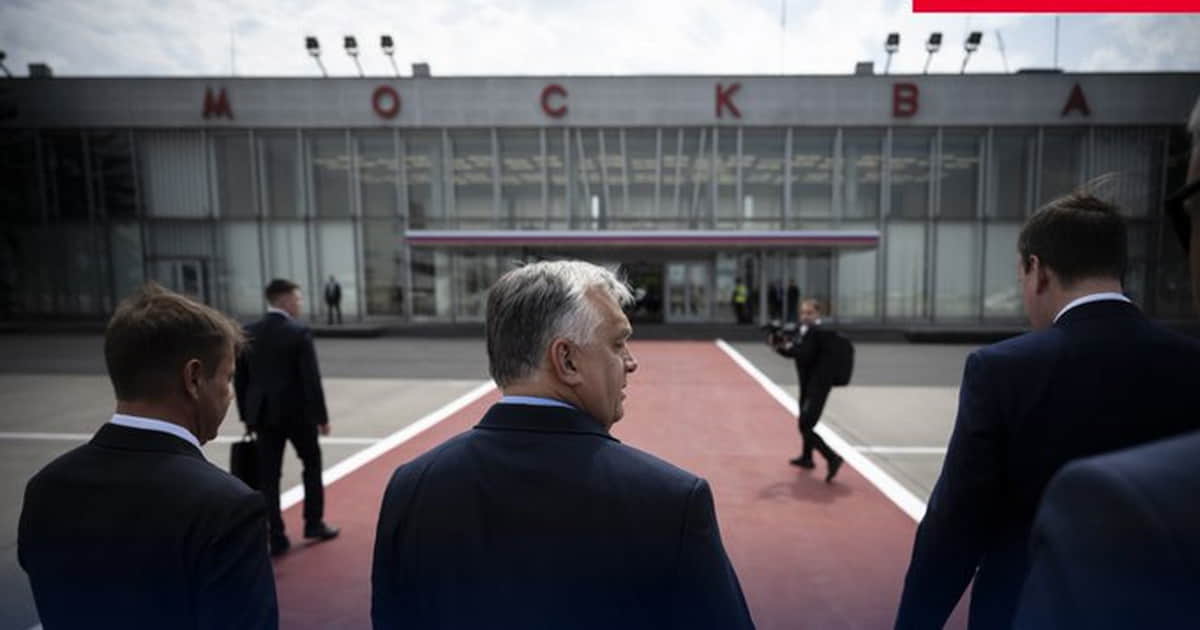Unique Rolls-Royce Phantom Goldfinger is the ultimate Bond car
As an emphatic statement of wealth, it’s hard to top a Rolls-Royce made from solid gold. But then Auric Goldfinger was never the modest or timid type. It was 1964 when this evil mastermind scaled the Swiss Alps in his Phantom III Sedanca de Ville, pursued at a safe distance by Sean Connery as James [...]


As an emphatic statement of wealth, it’s hard to top a Rolls-Royce made from solid gold. But then Auric Goldfinger was never the modest or timid type.
It was 1964 when this evil mastermind scaled the Swiss Alps in his Phantom III Sedanca de Ville, pursued at a safe distance by Sean Connery as James Bond. Today, Rolls-Royce is marking Goldfinger‘s 60th anniversary with a unique Phantom inspired by its four-wheeled film star.
We arrive at Stoke Park in Buckinghamshire, where 007 meets his nemesis for the first time and challenges him to a game of golf.. Here we’ll see the new Phantom Goldfinger up close and meet its lead designer. Turns out all that glitters here really is gold after all…
Operation Grand Slam
Before we delve into the details, let’s briefly recap the movie plot. Auric Goldfinger has a cunning plan, codenamed Operation Grand Slam, to detonate a nuclear device inside Fort Knox. The explosion will make the $15 billion gold reserves of the United States radioactive for 58 years, increasing the value of his own gold ten-fold as a result.
The vintage Rolls-Royce, its body panels made of 18-carat gold, plays a key role in this nefarious scheme. It’s used to smuggle gold out of England to the Auric Enterprises smelting plant in Switzerland, where it will be melted down.
Driven by Goldfinger’s small-but-mighty henchman, Oddjob, the Phantom’s journey through the Swiss Alps concludes on the fabulous Furka Pass, where James Bond gives chase in his Aston Martin DB5.
When our hero and the villain come face-to-face, Goldfinger reveals his obsession: “This is gold, Mr. Bond. All my life, I’ve been in love with its colour, its brilliance, its divine heaviness.”
Goldfinger: And it was all yellow
The idea for a new Phantom Goldfinger came from within Rolls-Royce, rather than being a commission from one of its customers. As Nick Rhodes, lead designer in the Bespoke department, explains: “We approached EON Productions, which owns the Phantom III featured in the film, with a view to creating something special to mark the 60th anniversary.
“The original car was on display in Brussels, where we were able to examine it in detail. However, we didn’t want to simply create a copy. This Phantom is very much a modern interpretation.”
Somewhat disappointingly, the coachwork of this Phantom VIII isn’t moulded from solid gold. Nonetheless, Rhodes says getting the two-tone paintwork right was the most challenging part of the project. The yellow was carefully colour-matched to the 1937 Phantom, with a contrasting black to cover the car’s upper surfaces and 21-inch disc alloy wheels.
Rolls-Royce’s famous Spirit of Ecstasy bonnet mascot has also been treated to what Rhodes calls a “gold reveal” effect. “It isn’t possible to silver-plate gold, so we used solid silver and partially plated it with 18-carat gold”. Standing proud atop an illuminated ‘Parthenon’ grille, the result is truly a work of automotive art.
Always believe in your soul
Inside the Phantom Goldfinger, Rhodes and his team used the dashboard ‘gallery’ to reference the Furka Pass. A hand-drawn isoline map shows the contours and altitudes of the Swiss mountains. Made from stainless steel, its surface was darkened using a technique called physical vapour deposition. Lines were then engraved into the bright metal beneath.
Further surprise-and-delight features include sill tread plates that resemble gold bars, a gold finish on the air vents and ‘organ stops’, plus an analogue clock with a swirling design that evokes the classic ‘gun barrel’ sequence at the start of every Bond movie.
More riches await within a secret vault in the centre console, too: a stylised Phantom ‘Speedform’ sculpted from solid 18-carat gold. Even the Rolls-Royce’s chassis plate is made from the shiny stuff, with a specially obtained Vehicle Identification Number (VIN) that ends in ‘007’.
Call me Bond, James Bond
Auric Goldfinger wouldn’t be sitting up front, though – that is Oddjob’s, er, job. And the Phantom feels even more opulent in the back, thanks to reclining ‘Serenity Seats’ with gold stitching and ‘RR’ monograms on the headrests.
The fold-out Royal Walnut picnic tables feature a map of Fort Knox, inlaid with 22-carat gold that has a thickness of just 0.1mm: ideal for planning Operation Grand Slam. Overhead, Rolls-Royce’s hand-made Starlight Headliner replicates the night sky above the Furka Pass on 11 July 1964 – the final day of Goldfinger filming in Switzerland – and bathes the cabin in the soft glow of 719 fibre optic gold stars.
Open the rear doors and you discover the hidden ‘harlequin’ umbrellas, finished in the same red, yellow, green and blue as those featured in the film. Inside the boot is a gold-plated golf putter, like that used by our favourite despot, along with a light that projects the ‘007’ logo onto the luggage floor – a nod to the tracking device that Bond hides on Goldfinger’s Phantom III.
Going for gold
The Phantom Goldfinger has already been sold (for an undisclosed price) and Nick Rhodes says its buyer was “over the moon” with their one-off Rolls-Royce. They did add a final touch, however: the ‘AU 1’ number plate worn by Auric Goldfinger’s car in the film. Keen chemists will note that ‘AU’ is the symbol for gold in the periodic table of elements.
As for making a getaway, the car is a mechanically standard Phantom VIII Series II, which means a 571hp 6.75-litre V12 beneath that stately bonnet, 0-62mph in around 5.5 seconds and an electronically limited top speed of 155mph.
Our review said: ‘Most owners will employ a driver, of course, but they’ll miss out on a beguiling experience’. Take note, Mr Goldfinger.
Tim Pitt writes for Motoring Research



